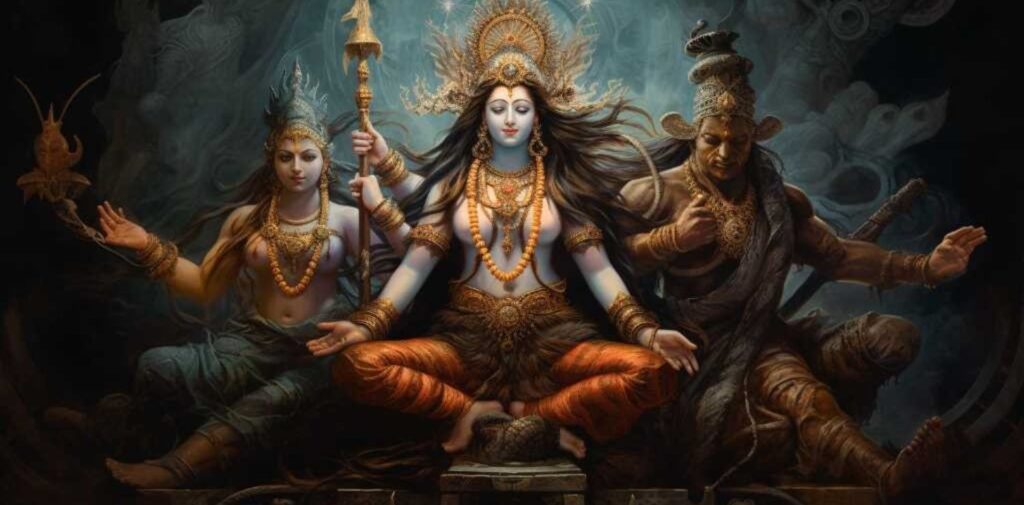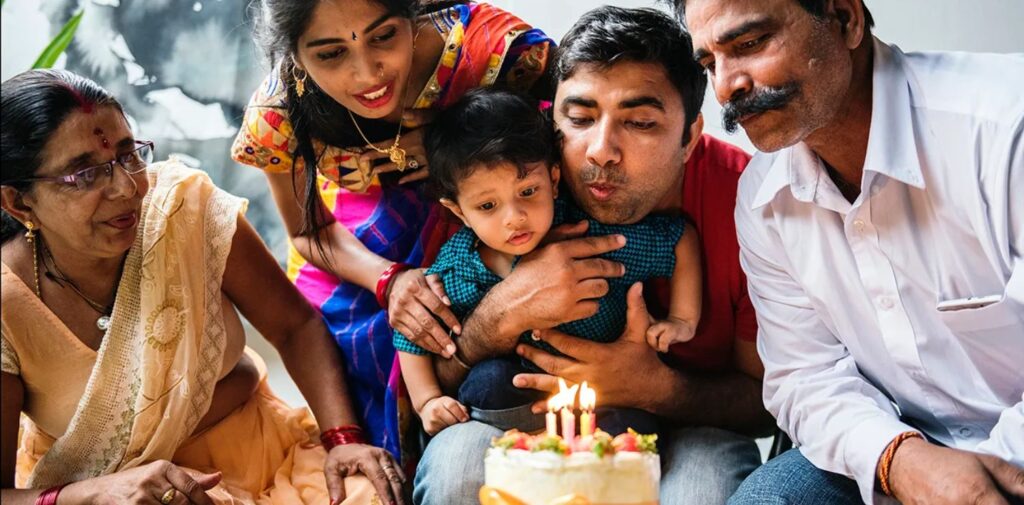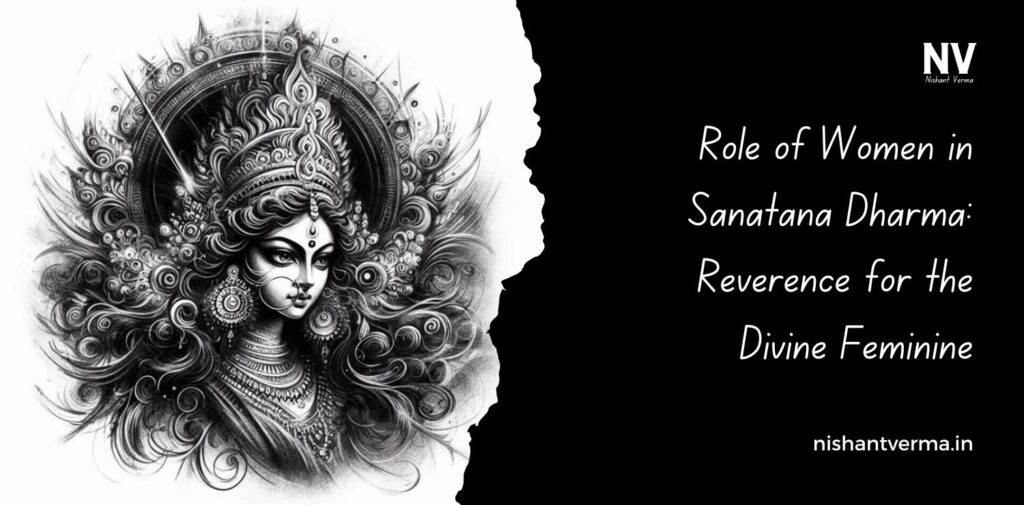Sanatana Dharma, commonly known as Hinduism, is one of the oldest and most diverse spiritual traditions in the world. It is a way of life that encompasses a vast range of beliefs, practices, and philosophies. In this tradition, the role of women is deeply respected, and there is a strong reverence for the Divine Feminine, the sacred feminine energy that represents power, wisdom, creativity, and nurturing. In this article, we will explore the important role of women in Sanatana Dharma and the various ways in which they are honoured.
The Sacred Feminine in Sanatana Dharma
One of the core teachings of Sanatana Dharma is the recognition of the Divine Feminine as a fundamental and essential force in the universe. This energy, often personified by goddesses, is seen as both the creator and the sustainer of life. The Divine Feminine is not just a passive figure, but a powerful, dynamic, and transformative force.

In Hindu mythology and philosophy, the feminine energy is represented through many goddesses, each symbolizing different aspects of life. Some of the most well-known goddesses include:
- Durga: The warrior goddess, symbolises strength, courage, and the power to overcome evil.
- Lakshmi: The goddess of wealth, prosperity, and abundance.
- Saraswati: The goddess of knowledge, wisdom, and the arts.
- Parvati: The goddess of love, fertility, and devotion, and the consort of Lord Shiva.
- Kali: The goddess of destruction and transformation, symbolizing the removal of negative forces and the cycle of life and death.
These goddesses represent various qualities of the feminine that are essential to life, balance, and harmony in the world.
The Role of Women as Nurturers and Creators
In Sanatana Dharma, women are seen as the nurturers and protectors of family and society. The concept of motherhood is highly revered, and the role of a mother is considered sacred. The idea of “Shakti,” or divine energy, is often associated with women, who are seen as the embodiment of creative power and life-giving energy.
A mother’s role in Sanatana Dharma is not just biological but spiritual as well. It is believed that the first teacher of a child is the mother. She imparts the initial values, ethics, and knowledge that will shape the child’s character and future. In many ancient texts and teachings, mothers are honoured and given great respect, and there are stories of mothers who played key roles in the spiritual evolution of their children.
For instance, Kunti, the mother of the Pandavas in the Mahabharata, is a symbol of strength and virtue. Despite facing numerous challenges and hardships, she guided her sons with wisdom and love. Similarly, Sita, the wife of Lord Rama, represents purity, devotion, and selflessness.
Women in Ancient Hindu Texts and Scriptures
Sanatana Dharma’s reverence for women is reflected in its ancient texts, where women are often portrayed as powerful and enlightened beings. In the Vedas, which are the oldest and most sacred scriptures of Hinduism, there are references to women sages and seers, known as Rishikesh. These women played important roles in spiritual teachings and contributed to the development of the Vedic tradition.

For example, Gargi Vachaknavi was a famous philosopher and scholar who engaged in deep intellectual debates with male scholars in the court of King Janaka. She is remembered for her wisdom and her ability to question and explore the nature of the universe. Another prominent figure is Maitreyi, a revered sage who participated in philosophical discussions and was known for her knowledge of the Upanishads.
The Mahabharata and Ramayana, two of the most significant epics in Hinduism, also showcase strong women. Women like Draupadi, Sita, and Kunti are portrayed as central figures who influence the course of events in the epics. Their stories demonstrate virtues such as courage, loyalty, and resilience, making them role models for many generations.
Women as Spiritual Seekers
In Sanatana Dharma, women are not only revered as mothers and caretakers but they are also encouraged to seek spiritual enlightenment. The path to liberation (moksha) is open to both men and women equally. The tradition of sannyasa (renunciation) is available to women as well, and many women saints and spiritual leaders have been recognized for their deep spiritual insights and practices.
One of the most famous female saints in Indian history is Mirabai, a 16th-century poet-saint and devotee of Lord Krishna. She renounced her royal life and dedicated herself to devotion and singing the praises of Krishna. Her life and poetry are a source of inspiration for countless people, especially women, showing that spiritual devotion and love for the Divine transcend all social and gender boundaries.
Similarly, Sarada Devi, the wife of Sri Ramakrishna Paramahamsa, is regarded as a spiritual guide in her own right. Though often in the shadow of her husband, she was a powerful spiritual figure who played a key role in the growth of the Ramakrishna Order and the spiritual lives of many disciples.
Women in Modern Hindu Society
While the ancient texts and scriptures of Sanatana Dharma highlight the importance and reverence of women, the position of women in society has undergone many changes over the centuries. In modern times, there has been a need to address certain social and cultural practices that have limited the freedom and opportunities of women.

However, it is important to note that many Hindu reformers and spiritual leaders have emphasized the equality and empowerment of women. Figures like Swami Vivekananda, Ramakrishna, and Dr B.R. Ambedkar spoke out in favour of women’s rights, education, and social equality.
In recent decades, there has been a growing movement within Hindu communities to bring back the teachings of respect and reverence for women, as originally expressed in the ancient scriptures. Women’s education, participation in leadership roles, and the celebration of feminine virtues in various aspects of life are becoming more common.
Importance of Feminine Energy in the Modern World
In today’s world, where the roles of men and women are continuously evolving, the concept of the Divine Feminine in Sanatana Dharma provides an important spiritual perspective. The feminine energy represents qualities such as compassion, nurturing, intuition, and creativity, which are essential not only in the personal lives of individuals but also in the functioning of society as a whole.
Women today, like their counterparts in the past, continue to contribute significantly to society in various fields such as education, politics, business, science, and spirituality. The essence of the Divine Feminine teaches that these qualities are not to be seen as weaknesses but as powerful forces that can bring about positive change in the world.
Conclusion
Sanatana Dharma has always revered and honoured women, not only as mothers and nurturers but also as powerful spiritual beings. The tradition recognizes the Divine Feminine as a source of wisdom, strength, and creativity. From the ancient scriptures to the stories of goddesses and saints, women have played an integral role in shaping the spiritual and cultural landscape of Hinduism.
In today’s world, the teachings of Sanatana Dharma about the role of women continue to inspire and empower women everywhere. By honouring the feminine energy in all its forms, both men and women can contribute to a more balanced, compassionate, and harmonious world. The reverence for women in Sanatana Dharma is not just a cultural ideal, but a deep spiritual truth that reminds us of the importance of the feminine in the cosmic order.




